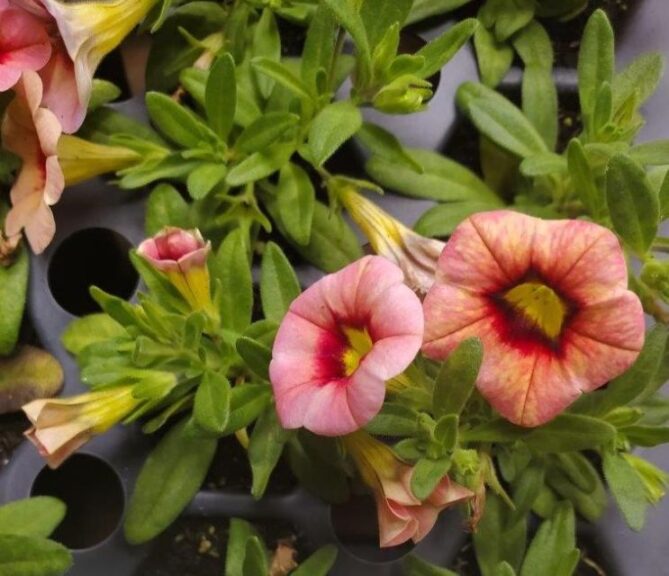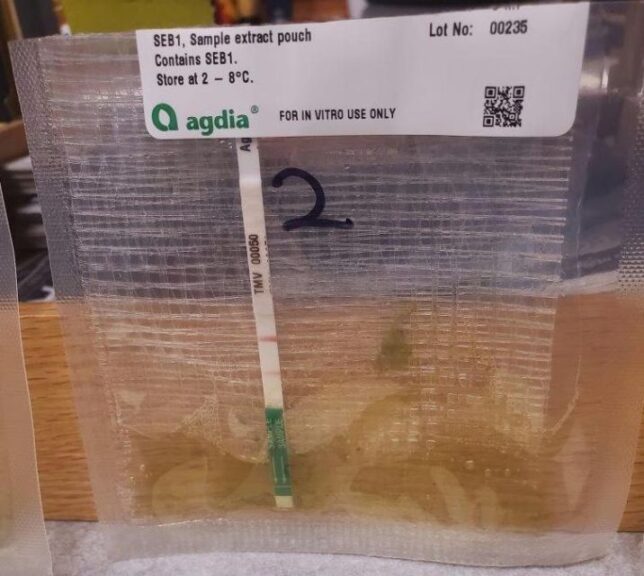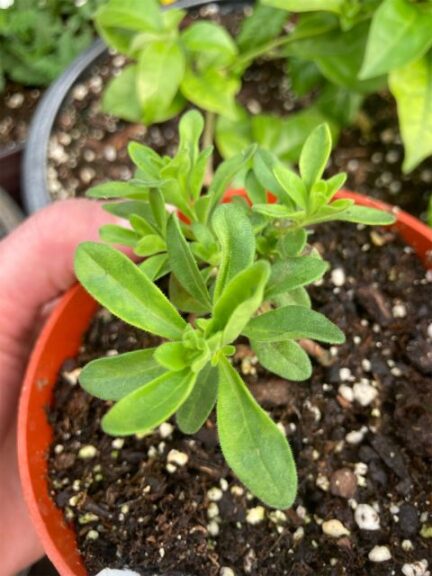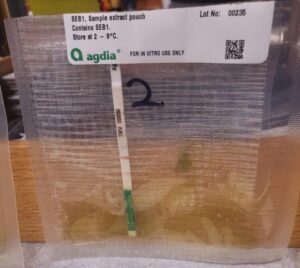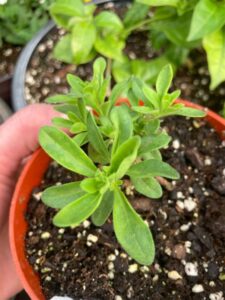Watch Out for This New Calibrachoa Virus
There is a new calibrachoa virus growers need to monitor: chili pepper mild mottle virus (CPMMoV). CPMMoV has been found this season, according to a recent E-Gro alert written by Nora Catlin and Margery Daughtrey at Cornell University.
Symptoms on calibrachoa include mild or bright yellow mottling (irregular yellow areas bordered by green tissue), flower break (irregular flower color patterns), necrotic spots, and/or general stunt.
“Little is currently known about this virus, but we do know that it is classified as a tobamovirus and is related to tobacco mosaic virus (TMV),” Catlin and Daughtrey note in the alert. “Similar to TMV, CPMMoV can spread easily via workers’ hands and tools. CPMMoV is not spread by insects.
Since the host range of CPMMoV is not yet well defined, growers should err on the side of caution and assume that additional plants are susceptible, and should treat this calibrachoa virus as you would treat TMV in your greenhouse. Be especially watchful of other plants in the Solanaceae; plants in this family include petunia, nicotiana, browallia, datura, pepper, tomato, and eggplant. If you are growing transplants for local farmers, the CPMMoV is a potential threat to some of their most important crops.
Tobamoviruses in general are known to be more stable outside their plant hosts than most other viruses, so you should assume that the particles of CPMMoV would be as well — meaning that surfaces such as doorknobs, steering wheels, benches, and other objects that have been handled after infected plants can harbor virus particles. They are much more long-lasting than Covid-19 particles.
If you see symptoms of this virus, or you know that you have received plants that have this virus, you should use strict sanitation practices. Avoid handling infected plants prior to handling healthy plants. Be sure to have a program of sanitizing workers’ hands and tools to minimize potential spread between plants during transplant and during other handling tasks. Rogue and discard infected plants carefully, and make sure to clean and sanitize the work and growing surfaces as well as workers’ hands after handling calibrachoas. Have workers wear disposable gloves, and provide them with wash stations including soap and water plus disposable paper toweling.
Learn more in the original e-Gro alert here.





